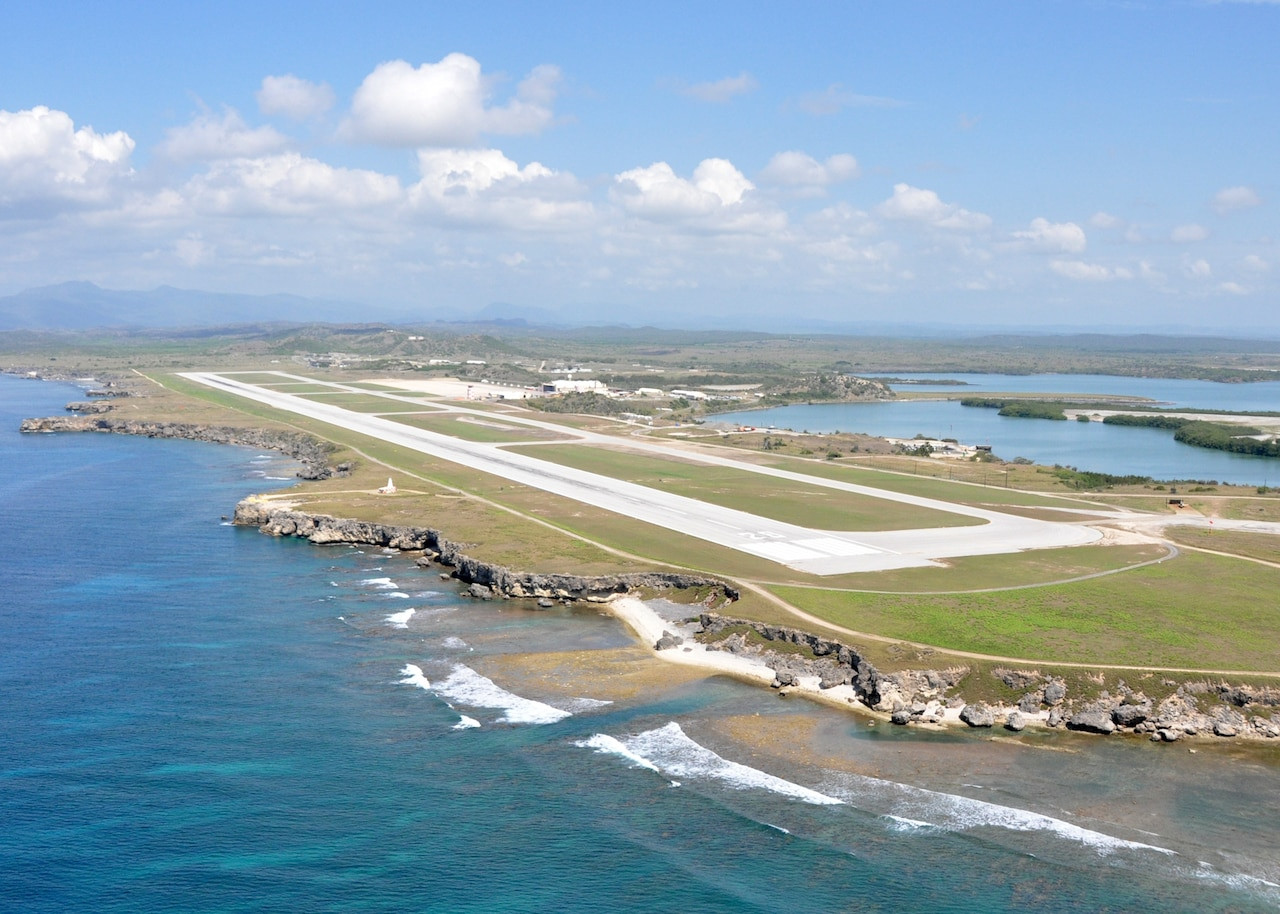The recent news of high-threat illegal aliens being transferred to Naval Station Guantanamo Bay, Cuba, has once again placed this location in the spotlight. But Where Is Guantanamo Bay, and what is its significance in this context? This article delves into the geographical location of Guantanamo Bay and its evolving role, particularly in housing individuals deemed a threat to national security.
Guantanamo Bay is situated on the southeastern coast of Cuba, specifically within Guantánamo Bay, the largest harbor on the south side of the island. It is encircled by steep hills which create isolation and natural defense. This strategic location has made it a point of interest for naval operations for centuries.
The location’s history took a significant turn in 1898 during the Spanish-American War when the United States gained control of Guantanamo Bay. In 1903, the Cuban government granted the U.S. a perpetual lease of the land, establishing the Guantanamo Bay Naval Base. This lease agreement allows the U.S. to maintain control over the area, despite ongoing objections from the Cuban government.
For much of the 20th century, Guantanamo Bay served primarily as a U.S. naval base, playing a role in various military operations and regional security. However, in the aftermath of the September 11, 2001 attacks, Guantanamo Bay gained international notoriety for a different reason: the establishment of a detention facility for suspected terrorists.
This detention camp, often referred to simply as “Guantanamo Bay” or “Gitmo,” became highly controversial due to allegations of human rights abuses and indefinite detention without trial. While the detention facility remains a significant aspect of Guantanamo Bay’s identity, recent developments indicate a potential shift in its role.
According to a Department of Homeland Security announcement, Guantanamo Bay is now also being utilized to house “high-threat illegal aliens.” The first group of these individuals, identified as members of the transnational criminal organization “Tren de Aragua,” arrived at the naval station recently. This move comes after the White House designated “Tren de Aragua” as a foreign terrorist organization, citing their violent and destabilizing activities both domestically and internationally.
[  Aerial view of Leeward Point Airfield at Guantanamo Bay Naval Base, Cuba, highlighting the runway and surrounding facilities within the US Naval Station. ](Leeward Airfield An aerial view of the Leeward Airfield at Naval Station Guantanamo Bay, Cuba.)
Aerial view of Leeward Point Airfield at Guantanamo Bay Naval Base, Cuba, highlighting the runway and surrounding facilities within the US Naval Station. ](Leeward Airfield An aerial view of the Leeward Airfield at Naval Station Guantanamo Bay, Cuba.)
The White House memorandum directing the use of Guantanamo Bay for this purpose specifies that these facilities are intended to house high-priority criminal aliens unlawfully present in the United States as they are processed for deportation to their countries of origin. Defense Secretary Pete Hegseth explained that using Guantanamo Bay provides a secure interim location for these individuals, especially in cases where deportation arrangements take time to finalize.
Hegseth emphasized that this plan is part of a broader effort to ramp up deportations of criminal illegal aliens, aligning with the administration’s focus on border security. He highlighted the strategic advantage of Guantanamo Bay as a safe location for holding these individuals during the deportation process.
In conclusion, Guantanamo Bay is located on the southeastern tip of Cuba and has transitioned from a naval base to a site with a complex and evolving role. While still known for its detention facility for war on terror detainees, it is now also serving as a temporary holding location for high-threat illegal aliens awaiting deportation. This new development signifies a further layer to the multifaceted identity of Guantanamo Bay in the global landscape.

